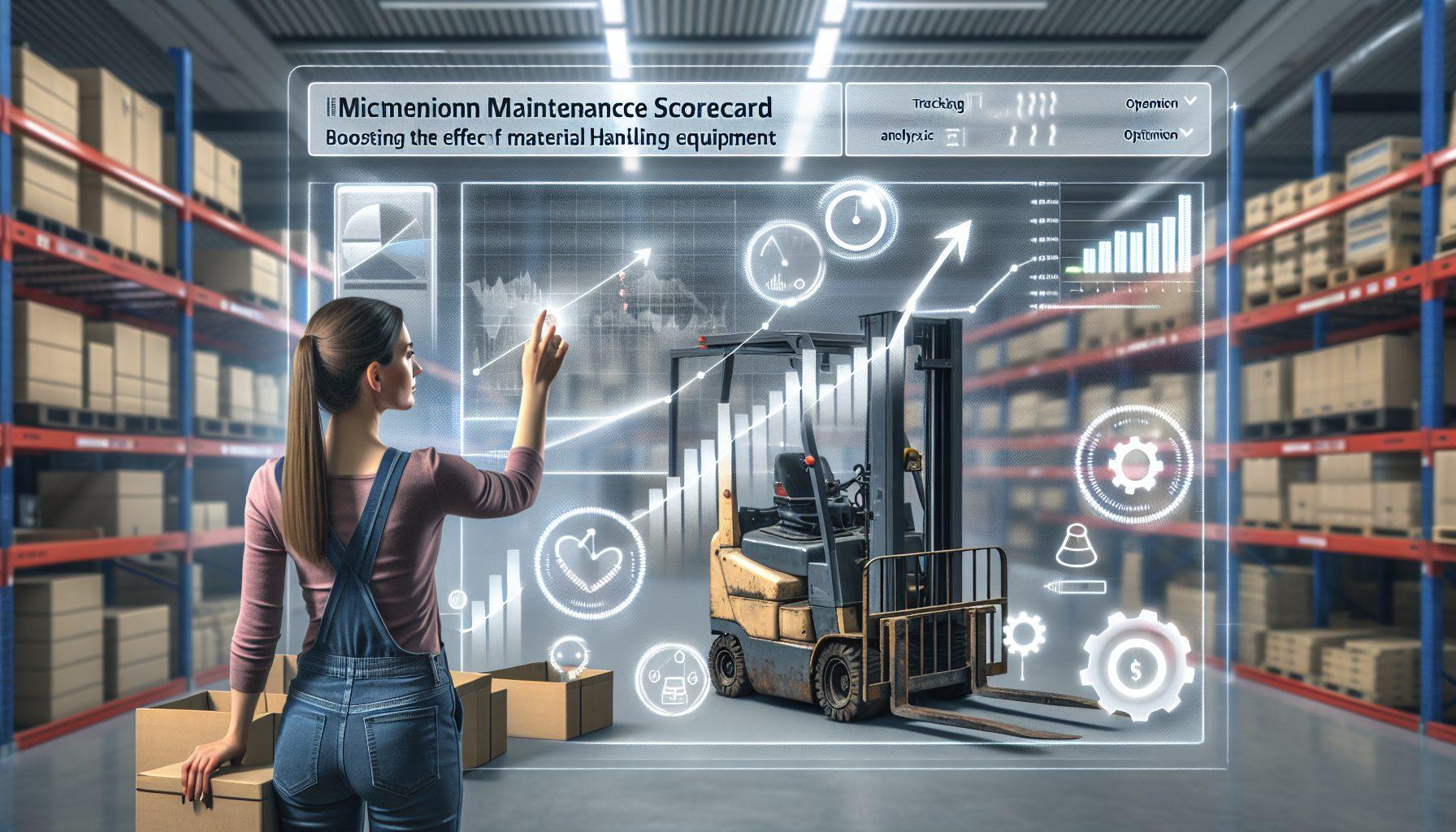When it comes to efficient warehouse operations, having well-maintained material handling equipment (MHE) is crucial. MHE, such as forklifts, pallet jacks, and conveyors, play a vital role in the day-to-day activities of a warehouse. However, like any machinery, MHE requires regular maintenance to ensure optimal performance and longevity.
The Importance of Maintenance for MHE
Maintenance is not just about fixing things when they break; it is about preventing breakdowns, optimizing performance, and reducing costly downtime. A proactive approach to maintenance helps identify potential issues before they escalate into major problems. This approach involves regular inspections, cleaning, lubrication, adjustments, and parts replacement as needed.
Implementing a maintenance program for MHE is essential for several reasons:
- Increased Safety: Well-maintained equipment reduces the risk of accidents and injuries in the warehouse. Faulty machinery can lead to accidents that harm both employees and inventory. Regular maintenance helps identify and address potential safety hazards, ensuring a safer working environment for everyone.
- Enhanced Productivity: Properly functioning equipment improves productivity in the warehouse. When equipment is well-maintained, it operates at its peak performance, enabling faster and more efficient material handling operations. This minimizes downtime and delays, allowing employees to complete tasks quickly and accurately.
- Extended Lifespan: Regular maintenance helps extend the lifespan of material handling equipment. By addressing minor issues before they become major problems, you can avoid costly repairs or premature replacements. Maximizing the lifespan of your MHE reduces long-term costs and ensures a higher return on investment.
- Cost Savings: Effective maintenance practices result in cost savings for warehouses. By identifying and repairing small issues promptly, you can prevent them from worsening and requiring expensive repairs down the line. Additionally, proactive maintenance reduces unexpected breakdowns, minimizing downtime and associated losses in revenue.
- Compliance with Regulations: Warehouses must comply with safety regulations set by governing bodies. Regular maintenance helps ensure that your equipment meets these requirements. It helps you stay up to date with inspection certifications and avoid penalties for non-compliance.
Benefits of a Maintenance Scorecard
A maintenance scorecard is a valuable tool that can help you track and manage the maintenance activities of your material handling equipment effectively. It provides a systematic approach to monitoring maintenance tasks, recording data, and analyzing performance. Here are some benefits of implementing a maintenance scorecard for MHE:
- Organization: A maintenance scorecard allows you to keep all maintenance-related information in one place. You can easily record and track key data, such as equipment details, maintenance schedules, and repair history. This helps you stay organized and ensures that no maintenance tasks fall through the cracks.
- Proactive Maintenance: By utilizing a maintenance scorecard, you can establish regular maintenance schedules for your equipment. This ensures that maintenance tasks are performed at appropriate intervals, preventing unexpected breakdowns and maximizing the lifespan of your MHE. You can set reminders for upcoming tasks, making it easier to stay on top of maintenance activities.
- Data-Driven Decisions: A maintenance scorecard provides valuable data on equipment performance, maintenance costs, and overall efficiency. By regularly reviewing this data, you can identify trends, patterns, and areas for improvement. This data-driven approach helps you make informed decisions regarding maintenance strategies, equipment upgrades, and budget allocation.
- Performance Evaluation: With a maintenance scorecard, you can track the performance of your MHE over time. By analyzing metrics such as equipment uptime, repair frequency, and maintenance costs, you can assess the effectiveness of your maintenance program. This evaluation helps you identify areas of success as well as areas that require improvement.
- Continuous Improvement: A maintenance scorecard fosters a culture of continuous improvement within your organization. As you gather data and analyze performance, you can identify opportunities to optimize maintenance processes, streamline workflows, and reduce costs. It allows you to implement preventive measures and make adjustments to your maintenance program to drive ongoing improvement.
Implementing a maintenance scorecard for your material handling equipment can revolutionize your warehouse operations. It helps you prioritize maintenance tasks, reduce breakdowns, improve efficiency, and ultimately save costs. By investing in proactive maintenance practices and utilizing the right tools, such as a maintenance scorecard, you can make your warehouse operations safer, more productive, and more profitable.
If you’re looking for expert guidance and innovative solutions in material handling equipment management, HCO Innovations is your trusted partner. With their extensive experience and comprehensive approach, they can help optimize your warehouse operations for enhanced safety, productivity, and cost-effectiveness.

